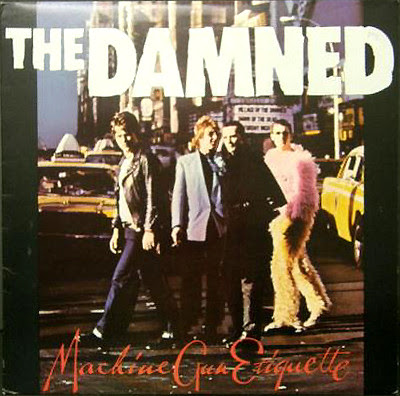A remarkable album (document) from 1957, but recently reissued by the excellent record label Modern Silence. Folkways Records put together a compilation of new experimental music, mostly focusing on the work of Vladimir Ussachevsky, who had a sound studio in Columbia New York, where he and fellow composer Otto Luening experimented with organic and electronic sounds to make music. I have a small collection of both of these composers, and they never fail to give me great listening pleasure.
The album is divided by the two sides. The first side is focusing on experimentation but with real instruments, but often played in a new way. For instance, the big two stars here are John Cage and Edgard Varese. Cage is of great interest in this package because of "Dance" which is work on a prepared piano. The composer attached rubber, metal and wooden objects to the piano strings which gives it a gamelan orchestration sound. It's a beautiful piece of work that borders on exotica. Varese is an orchestration ("Ionization") which uses siren but with different pitches. The work here that really turned my ears around is Henry Cowell's "Aeolian Harp" which is a work for piano, but him or the performer playing the instrument by leaning fists, arms and palms across the keyboard, as well as plucking the piano strings. This is the only work here that has a strong sense of melody. Listening to "Aeolian Harp" reminds me of The Yardbirds' "Still I'm Sad." Almost the same melody and I wonder if the band was familiar with Cowell's work.
On this side is a work that I know of, and that's Otto Luening's "Fantasy in Space." It's a flute piece that is manipulated by tape recorder. It reminds me very much what Brian Eno did with Roxy Music, but this is twenty-something years earlier. It's a piece that borders on exotica (now that's a genre that mixes quite well in experimental music) and of course, deals with the thought of space travel. Perhaps finding that utopia that we can't have here on Earth. Side one starts off with an early piece of music from Russia that sounds very much like Spike Jones, but more animated sounding - like Warner Brothers cartoon music. And then there are orchestrations where they imitate the sounds of the factory, for instance, a steel mill. There is nothing gimmicky about any of this music. The roots of industrial music, recorded in the Twenties.
Side two is more instructional where we can hear how a tape machine can change a sound, either by pitch or other filters. Most of the work here on side two is by Ussachevsky, and like Luening's work, it's a remarkable set of beautiful sounds. The album ends with an actual narration explaining how the composer Henry Jacobs made his "Sonata for Loudspeakers." I'm not a huge fan of recorded lectures but this of great interest to anyone who's into the recording as a craft or art form. Surely the first strains of sampling here. And the final product (the composition) is really fantastic.


























